Additionally, these vital systems can be improved by implementing real-time flow technology on existing stormwater infrastructure. Digital databases and mapping tools — the look of some cities’ new master plans — allow city engineers to view the entire system at a glance, making stormwater easier to manage on a daily basis. Using current city data, a digital tool set provides real-time analysis of stormwater issues, including hydrologic and hydraulic calculations and parameters for delineated watersheds, major overland flow paths, obstructions, and drainage service request layers. This big-picture view, coupled with a wealth of data, also could help determine necessary capital improvements for the transportation industry.
Then there’s the option of optimizing an existing system by incorporating green stormwater infrastructure (GSI). Whether for new developments or redevelopments, this sustainability concept has caught on in a big way, emerging as the foundation of a resilient community in the making, according to Sauer.
PUTTING THE (GSI) PIECES TOGETHER
Solutions for implementing green stormwater infrastructure

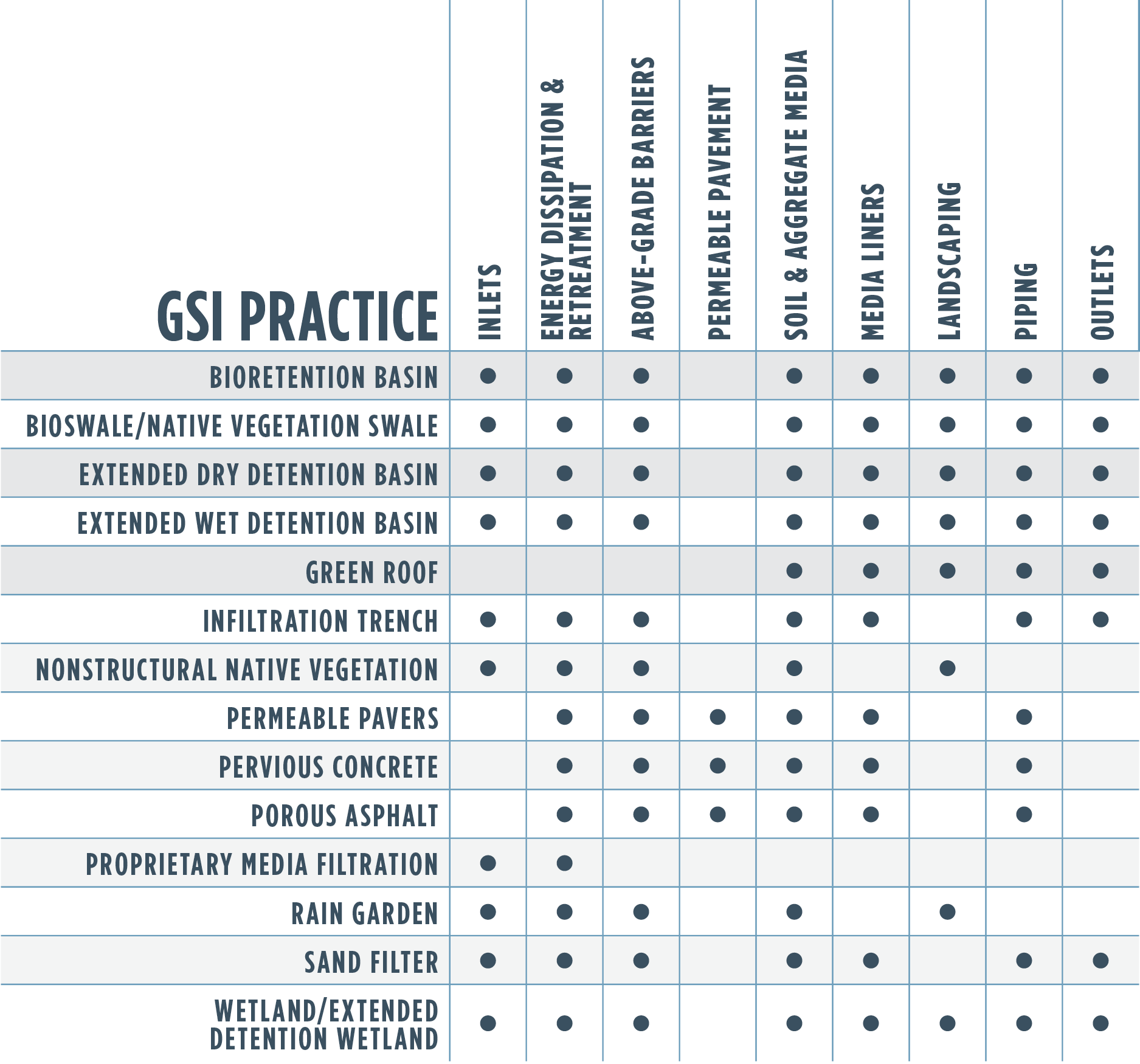
But what exactly is GSI? It’s a range of technologies that communities use to collect and store rainwater while also providing a useful, aesthetic benefit to the community. It supplements traditional stormwater inlets and pipe systems, but there isn’t a one-size-fits-all approach. Each GSI plan, customized for each specific location and drainage area, has its own look and function. Examples include introducing stormwater tree planters alongside urban streets and integrating pervious pavers or pavement to capture water where it makes sense. From Newport Beach, California, to Washington, D.C., municipal leaders are opening up their minds and plans to green solutions.
The building blocks of GSI, as Macke calls them, include inlets, energy dissipation and pretreatment, above-grade barriers, permeable pavement, soil and aggregate media, media liners, landscaping, piping and outlets.
“When we put all these pieces together, we can start to design our GSI facilities,” she says. “We need to get back to true stormwater design, and be smart about it, instead of just plugging in details.”








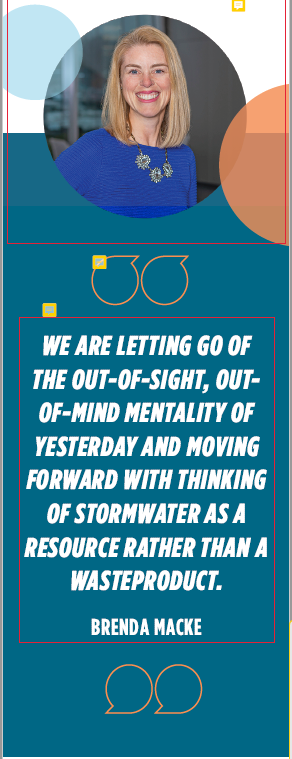




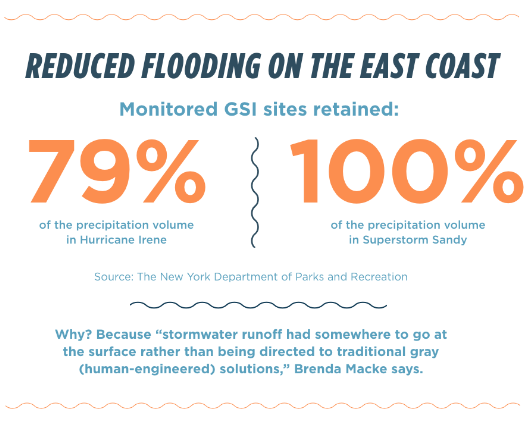




















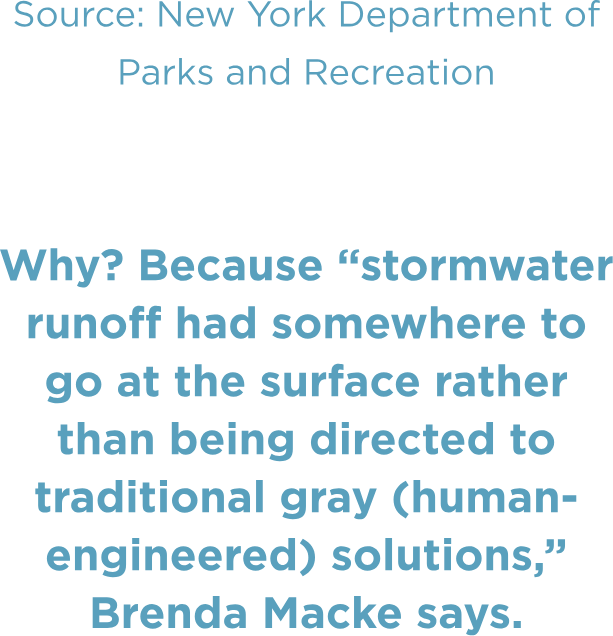


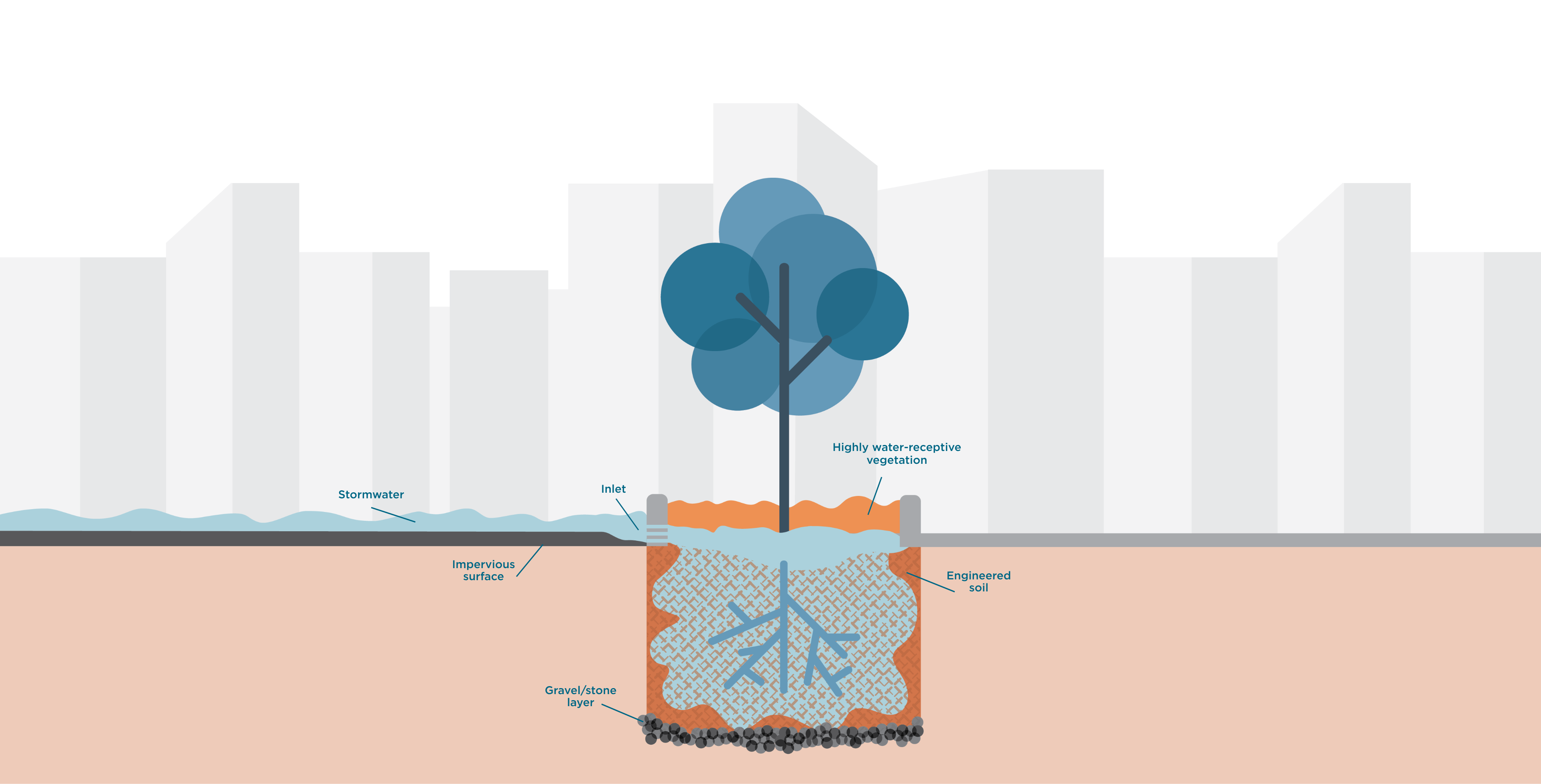
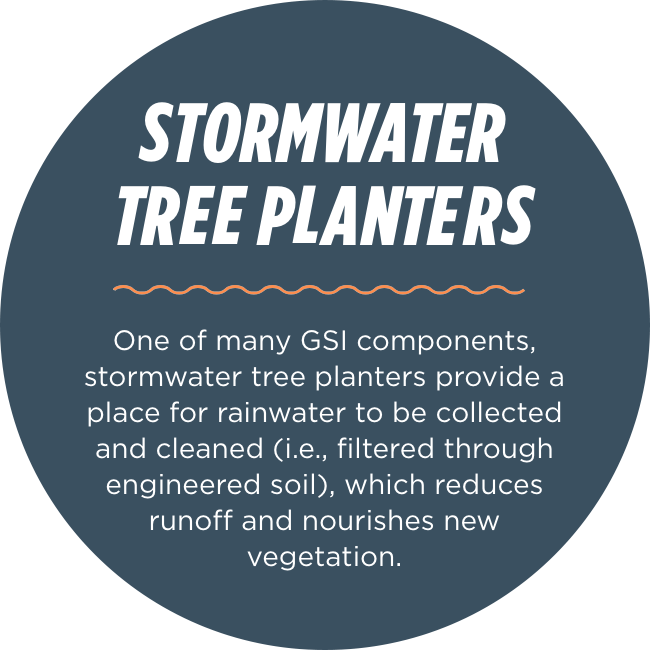

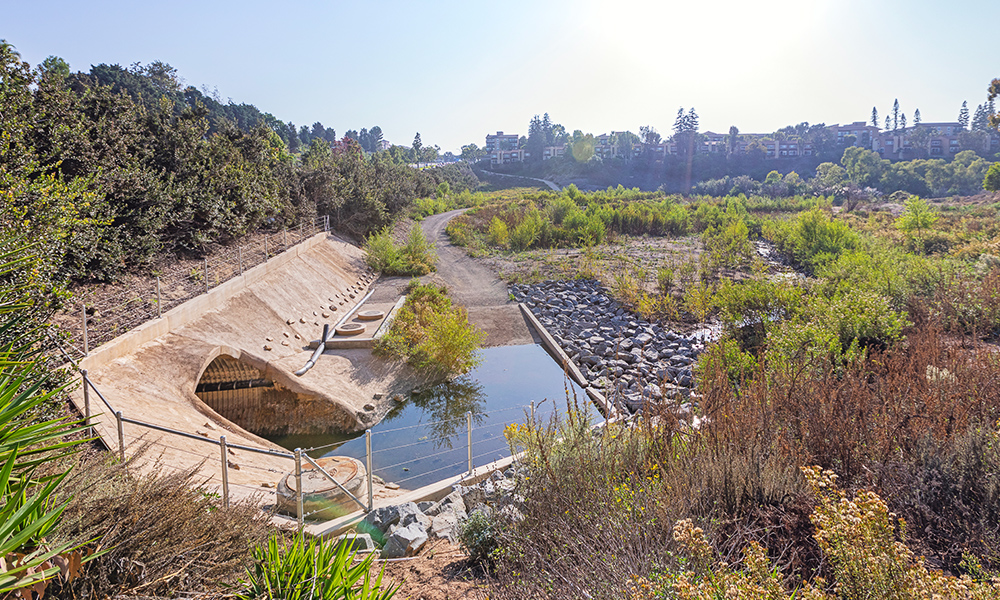


.png)